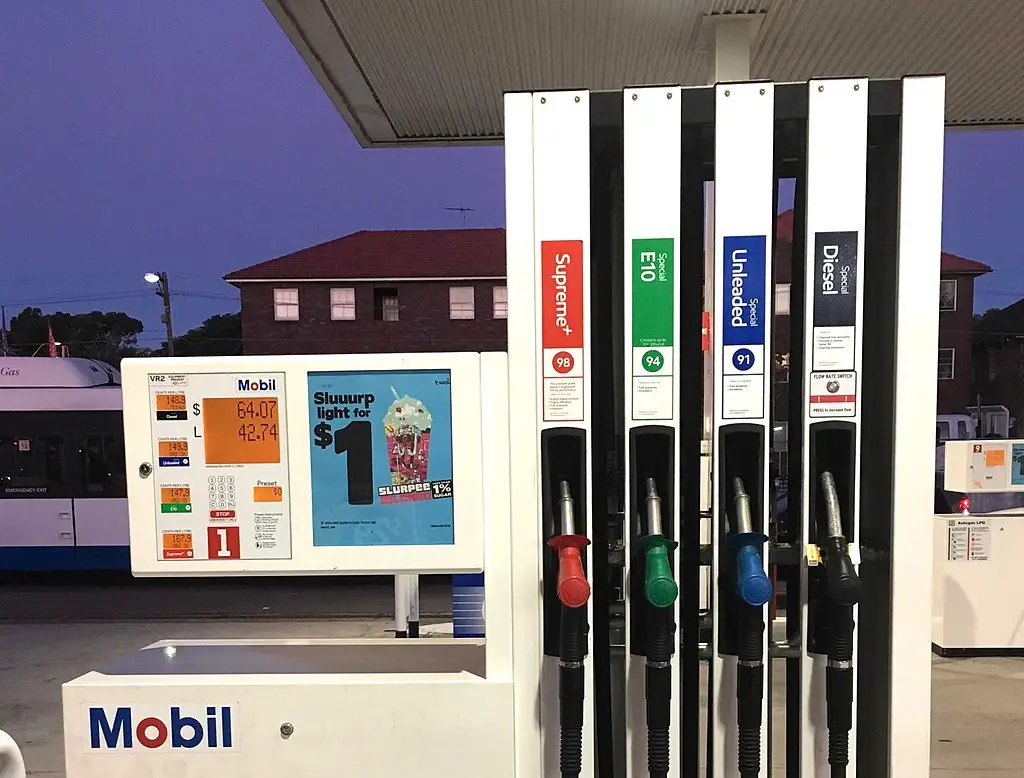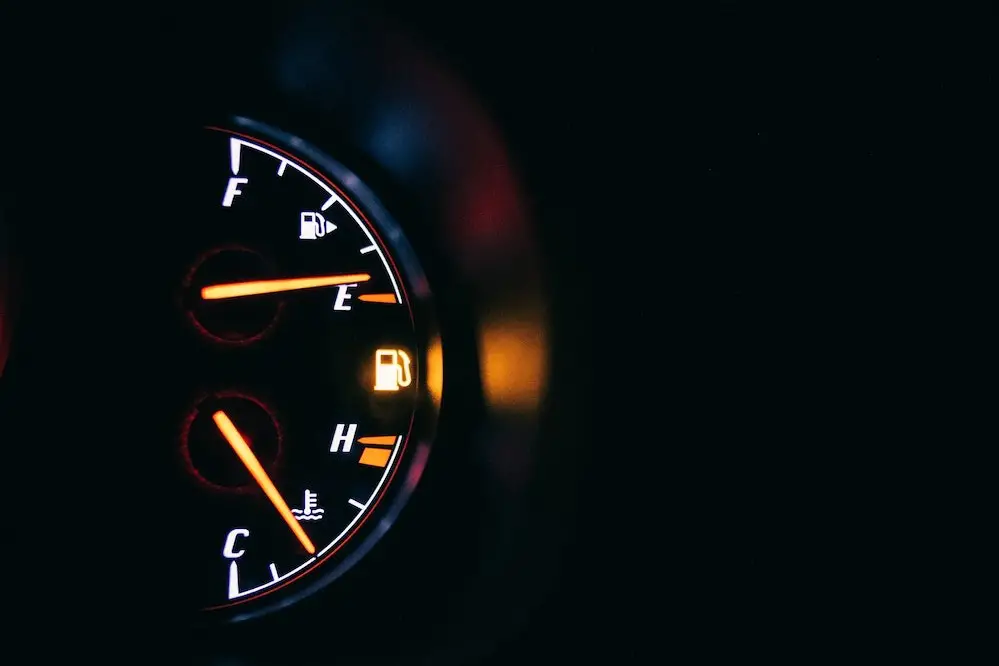What is E10 Checker and How Does it Work?
E10 checker is an online tool that helps drivers determine whether their vehicle is compatible with E10 fuel. E10 fuel, also known as unleaded is a blend of 10% ethanol and 90% petrol. It has become increasingly popular in recent years due to its lower cost and environmental benefits.
The E10 checker works by allowing users to enter their vehicle’s make, model, year, and engine size into the search bar. The tool then searches a database of vehicles to determine if the car can use E10 fuel safely.
If the car is compatible with E10 fuel, the user will be provided with additional information about how to properly use it in their vehicle. If not, they will be advised against using it and given alternative options for fueling up their car.
E10 Petrol Details From Popular Car Manufacturers Here
Below is a list of all cars that will work on e10 petrol with no problem at all.
- BMW Group:
- BMW: All petrol engine models
- MINI: All models with petrol engines after the re-launch of the MINI brand in 2000
- Rolls Royce: All models starting with the model year 2003 (launch of the Phantom model)
- Daimler AG:
- Mercedes-Benz: Most vehicles with petrol engines (exceptions listed in the provided data)
- Smart: All petrol engine vehicles
- Maybach: All vehicles
- Fiat Chrysler Automobiles (FCA Group):
- Alfa Romeo: All new models with petrol engines produced from 1 January 2011 (plus additional specified models)
- Fiat: All vehicles with petrol engines of Euro 3 emission level or newer, starting from the model year 2000 (exceptions listed in the provided data)
- Lancia: All vehicles with petrol engines of Euro 3 emission level, starting from the model year 2000 (exceptions listed in the provided data)
- Chrysler: Specified models with petrol engines (listed in the provided data)
- Dodge: Specified models with petrol engines (listed in the provided data)
- Jeep: Specified models with petrol engines (listed in the provided data)
- Ford of Europe: All petrol-driven models sold in Europe since 1992 (excluding Ford Mondeo 1.8 SCI from 2003 to 2007)
- Jaguar Land Rover:
- Jaguar: All vehicles with petrol engines starting from the model year 1992
- Land Rover: All vehicles with petrol engines starting from the model year 1996
- Honda Motor Europe: All European models with petrol engines equipped with electronic control fuel injection system (HONDA PGM-FI) from the model year 1995
- Hyundai Motor Europe / Kia / Genesis: All vehicles with a petrol engine
- PSA Group:
- Peugeot, Citroën, and DS: All cars with petrol engines since 1 January 2000
- Opel-Vauxhall: All vehicles with petrol engines (excluding models with 2.2-litre direct injection petrol engines)
- General Motors Group:
- Cadillac: Specified models with petrol engines (listed in the provided data)
- Chevrolet: All vehicles produced from the model year 2006 with a Euro 4 emissions-compliant engine (plus specified older models)
- Corvette: Specified models with petrol engines (listed in the provided data)
- Hummer: Specified models with petrol engines (listed in the provided data)
- Renault Group:
- Alpine: All petrol-driven vehicles marketed since March 2018
- Dacia: All petrol-driven vehicles
- Renault: Most petrol vehicles marketed since 1 January 1997 (exceptions listed in the provided data)
- Toyota Motor Europe:
- Toyota: All European petrol models made from January 1998 (excluding specified Avensis models)
- Lexus: All European petrol models made from January 1998 (excluding specified IS250, GS300, and LS460 models)
- Volkswagen Group:
- Audi: Most petrol-driven vehicles (exceptions listed in the provided data)
- Porsche: Most vehicles with petrol engines since the 1998 model year (excluding Carrera GT)
- SEAT: Most vehicles with petrol engines (excluding specified models with the first generation of FSI engines)
- Škoda: All vehicles with petrol engines (excluding Felicia 1.3 litre OHV engines)
- Volkswagen: Most vehicles with petrol engines (excluding specified models with the first generation of FSI engines)
Get Up To Date on E10 Petrol and Why To Use The E10 Checker
E10 petrol is a blend of regular unleaded petrol and up to 10% ethanol, which is a renewable biofuel made from crops like wheat and sugar beet. From September 2021, E10 will be the standard petrol grade at UK petrol stations, replacing E5 petrol.
If you’re unsure whether your vehicle is compatible with E10 fuel, you’re not alone. Using the wrong fuel can damage your engine and potentially cost you a lot of money in repairs. That’s where our E10 Checker comes in – it’s a simple and free tool that helps you find out whether your vehicle is compatible with E10 fuel.
We’ve also put together a series of informative videos on this page that delve deeper into the topic of E10 fuel, including its benefits, potential drawbacks, and how to use our E10 Checker. Our goal is to provide you with all the information you need to make an informed decision about whether E10 fuel is right for your vehicle.
So, take a few minutes to watch these videos and try out our E10 Checker – it could save you a lot of hassle and money in the long run.
Common Mistakes to Avoid When Using An E10 Checker
1. Not double-checking the compatibility of your vehicle: Before using an E10 checker, it is important to make sure that your vehicle is compatible with E10 fuel. If you use the wrong type of fuel for your car, it can cause serious damage and even void any warranties you may have on the vehicle.
2. Not researching local fuel prices: The E10 checker will provide you with a list of nearby petrol stations that offer E10 fuel, but it is important to do some additional research to find out which station offers the best price for this type of fuel (the same applies elsewhere when you’re discussing whether can you mix E5 with regular petrol, in addition to what’s ethanol-free petrol).
3. Not considering other factors when choosing a petrol station: While price is an important factor when selecting a petrol station, there are other considerations as well such as convenience and customer service ratings. It’s always wise to read reviews before making a decision about where to fill up your tank with E10 fuel.
4. Not understanding how much ethanol is in each gallon of petrol: The amount of ethanol in each gallon can vary from one brand or location to another so it’s important to understand how much ethanol is in each gallon before filling up at any given location or brand name station. For more context, check out our explainers on which is the best gas station, as well as what’s the myth around Top Tier gas.
5. Ignoring warning signs about potential problems with using E10 fuels: If you notice any warning signs such as engine knocking or poor performance after switching over from regular petrol to an E10 blend, be sure to take note and contact a professional mechanic if necessary for further advice on what steps should be taken next.
FAQ Section on E10 Checker
Q: What is E10 fuel?
A: E10 fuel is a blend of 90% regular unleaded petrol and 10% ethanol. Ethanol is a renewable biofuel derived from plant sources like corn and sugarcane. E10 fuel is considered more environmentally friendly due to reduced greenhouse gas emissions and lower dependence on fossil fuels.
Q: Why do I need to check my vehicle’s compatibility with E10 fuel?
A: Not all vehicles are compatible with E10 fuel. Using E10 in a non-compatible vehicle can cause engine damage, fuel system corrosion, and decreased performance. It’s essential to ensure your vehicle is compatible with E10 fuel to avoid these potential issues.
Q: How does the E10 Fuel Checker work?
A: The E10 Fuel Checker is an online tool that provides instant compatibility information for your vehicle. Simply enter your vehicle’s make, model, and production year on the E10 Fuel Checker website, and you’ll receive immediate results.
Q: Is the E10 Fuel Checker free to use?
A: Yes, the E10 Fuel Checker is a free online tool designed to provide accurate compatibility information for your vehicle, ensuring a safe and eco-friendly driving experience.
Q: Can I use E10 fuel if my vehicle is not compatible?
A: No, it is not recommended to use E10 fuel in a non-compatible vehicle. Doing so can result in engine damage, fuel system corrosion, and decreased performance. Always check your vehicle’s compatibility before using E10 fuel.
Q: Where can I find E10 fuel at petrol stations?
A: E10 fuel is widely available at many petrol stations. It is usually clearly labelled on the fuel pump. If you’re unsure, ask the petrol station attendant for assistance.
Q: Will using E10 fuel affect my vehicle’s performance?
A: Incompatible vehicles, E10 fuel should not negatively impact performance. However, using E10 fuel in a non-compatible vehicle can lead to decreased performance, fuel efficiency, and drivability.
Q: How can I find out if my vehicle is compatible with E10 fuel if I don’t have access to the internet?
A: If you don’t have access to the internet, you can consult your vehicle’s owner’s manual or contact the manufacturer directly to determine if your vehicle is compatible with E10 fuel.
Q: Can I switch back to regular unleaded petrol if I’ve been using E10 fuel in my compatible vehicle?
A: Yes, you can switch between E10 fuel and regular unleaded petrol in a compatible vehicle without any issues.


